Ricotta Pea Pasta: Prepare to be amazed by this simple yet utterly divine dish that will transport your taste buds to Italy! Imagine twirling your fork around perfectly cooked pasta, coated in a creamy, dreamy sauce, studded with sweet bursts of fresh peas. This isn’t just a meal; it’s an experience.
While the exact origins of combining ricotta and peas with pasta are somewhat shrouded in the mists of Italian culinary history, the pairing speaks to the heart of Italian cooking: using fresh, seasonal ingredients to create something extraordinary. Ricotta, a light and subtly sweet cheese, has been a staple in Italian cuisine for centuries, often made from the whey leftover from other cheesemaking processes. Peas, especially during springtime, are a beloved vegetable, adding a touch of sweetness and vibrant color to countless dishes.
People adore Ricotta Pea Pasta for its incredible ease and satisfying flavor profile. It’s the kind of dish you can whip up on a busy weeknight in under 30 minutes, yet it tastes like you’ve spent hours slaving away in the kitchen. The creamy ricotta provides a luxurious texture, while the peas offer a delightful sweetness that perfectly complements the savory pasta. It’s a comforting, flavorful, and visually appealing meal that’s sure to become a family favorite. Plus, its a fantastic way to sneak in some extra veggies!
Ingredients:
- 1 pound pasta (penne, rigatoni, or your favorite shape)
- 1 tablespoon olive oil
- 1 small onion, finely chopped
- 2 cloves garlic, minced
- 1 cup frozen peas
- 1 cup whole milk ricotta cheese
- 1/4 cup grated Parmesan cheese, plus more for serving
- 1/4 cup chopped fresh mint
- 1/4 cup chopped fresh basil
- 1 lemon, zest and juice
- Salt and freshly ground black pepper to taste
- Pasta water, reserved
Preparing the Ricotta Pea Sauce
Okay, let’s get started with the heart of this dish the creamy, dreamy ricotta pea sauce. This is where the magic happens, and it’s surprisingly simple to create!
- Sauté the Aromatics: Heat the olive oil in a large skillet over medium heat. Add the finely chopped onion and cook until softened and translucent, about 5-7 minutes. You don’t want it to brown, just become nice and sweet. Then, add the minced garlic and cook for another minute, until fragrant. Be careful not to burn the garlic, as it can become bitter. I like to keep a close eye on it and stir frequently.
- Add the Peas: Now, toss in the frozen peas. Cook them for about 3-5 minutes, stirring occasionally, until they are bright green and tender-crisp. Don’t overcook them, or they’ll lose their vibrant color and become mushy. We want them to retain a little bit of bite.
- Incorporate the Ricotta: Reduce the heat to low. Add the ricotta cheese to the skillet. Stir gently to combine it with the onions, garlic, and peas. The ricotta will melt slightly and create a creamy base for the sauce. Don’t worry if it looks a little lumpy at first; it will smooth out as it heats up.
- Add Parmesan and Herbs: Stir in the grated Parmesan cheese, fresh mint, and fresh basil. The Parmesan will add a salty, savory note, while the mint and basil will provide a refreshing, herbaceous flavor. I love the combination of these herbs with the ricotta and peas.
- Season and Flavor: Season the sauce with salt and freshly ground black pepper to taste. Remember that the Parmesan cheese is already salty, so start with a small amount of salt and add more as needed. Add the lemon zest and lemon juice. The lemon zest will add a bright, citrusy aroma, while the lemon juice will add a tangy flavor that balances the richness of the ricotta. Taste the sauce and adjust the seasoning as needed. You might want to add a pinch of red pepper flakes for a little heat, if you like.
- Thin with Pasta Water: This is a crucial step! As the sauce sits, it will thicken. To achieve the perfect creamy consistency, you’ll need to thin it out with some reserved pasta water. Add a ladleful (about 1/2 cup) of pasta water to the sauce and stir until it’s smooth and creamy. Add more pasta water, one tablespoon at a time, until you reach your desired consistency. The pasta water contains starch from the pasta, which helps to bind the sauce and create a silky texture.
Cooking the Pasta
While the sauce is simmering, let’s get the pasta cooking. This is pretty straightforward, but there are a few tips to keep in mind for perfectly cooked pasta.
- Boil the Water: Bring a large pot of salted water to a rolling boil. The water should be generously salted it should taste like the sea. This will season the pasta from the inside out.
- Cook the Pasta: Add the pasta to the boiling water and cook according to the package directions, until al dente. “Al dente” means “to the tooth” in Italian, and it refers to pasta that is cooked but still firm to the bite. Don’t overcook the pasta, or it will become mushy.
- Reserve Pasta Water: Before draining the pasta, reserve about 1 cup of the pasta water. This is liquid gold! We’ll use it to thin out the sauce and create a creamy, emulsified texture.
- Drain the Pasta: Drain the pasta in a colander. Don’t rinse the pasta, as this will wash away the starch that helps the sauce cling to it.
Combining Pasta and Sauce
Now for the best part bringing the pasta and sauce together! This is where all your hard work pays off.
- Add Pasta to Sauce: Add the drained pasta to the skillet with the ricotta pea sauce. Toss gently to coat the pasta evenly with the sauce. Make sure every strand of pasta is coated in that creamy goodness.
- Adjust Consistency: If the sauce is too thick, add a little more pasta water, one tablespoon at a time, until you reach your desired consistency. The sauce should be creamy and cling to the pasta.
- Serve Immediately: Serve the pasta immediately, garnished with extra grated Parmesan cheese, fresh mint, and fresh basil. A drizzle of olive oil is also a nice touch.
Tips and Variations
This Ricotta Pea Pasta is delicious as is, but here are a few ideas to customize it to your liking:
- Add Protein: For a heartier meal, add some cooked chicken, shrimp, or sausage to the pasta.
- Use Different Vegetables: Feel free to substitute other vegetables for the peas, such as asparagus, broccoli, or spinach.
- Add Some Heat: A pinch of red pepper flakes will add a little kick to the dish.
- Make it Vegan: Use vegan ricotta cheese and Parmesan cheese to make this dish vegan.
- Lemon Variations: For a stronger lemon flavor, add more lemon zest or juice. You can also use Meyer lemons for a sweeter, less acidic flavor.
- Herb Variations: Experiment with different herbs, such as parsley, chives, or oregano.
- Cheese Variations: Pecorino Romano cheese can be used instead of Parmesan for a sharper, saltier flavor.
Make Ahead Instructions
While this pasta is best served fresh, you can prepare some components ahead of time to save time on busy weeknights.
- Sauce: The ricotta pea sauce can be made up to 2 days in advance and stored in the refrigerator. Reheat gently over low heat before adding the pasta. You may need to add a little extra pasta water to thin it out.
- Chopped Ingredients: Chop the onion, garlic, mint, and basil ahead of time and store them in separate containers in the refrigerator.
Storage Instructions
Leftover Ricotta Pea Pasta can be stored in an airtight container in the refrigerator for up to 3 days. Reheat gently in a skillet over low heat, adding a little water or milk to prevent it from drying out. The pasta may become a bit softer upon reheating, but it will still be delicious.
Nutritional Information (Approximate)
Please note that the nutritional information is an estimate and may vary depending on the specific ingredients used.
- Calories: Approximately 500-600 per serving
- Protein: 20-25 grams per serving
- Fat: 20-25 grams per serving
- Carbohydrates: 60-70 grams per serving
Serving Suggestions
This Ricotta Pea Pasta is a versatile dish that can be served as a main course or a side dish. Here are a few serving suggestions:
- Serve with a side salad for a light and refreshing meal.
- Pair with grilled chicken, fish, or vegetables for a more substantial meal.
- Serve as a side dish at a potluck or barbecue.
- Garnish with a sprinkle of red pepper flakes for a little heat.
- Drizzle with a high-quality olive oil for added flavor.
Why This Recipe Works
This Ricotta Pea Pasta recipe is a winner for several reasons:
- Simple Ingredients: It uses simple, readily available ingredients that you can easily find at your local grocery store.
- Quick and Easy: It’s quick and easy to make, perfect for busy weeknights.
- Flavorful: The combination of ricotta cheese, peas, Parmesan cheese, mint, basil, and lemon creates a delicious and balanced flavor profile.
- Versatile: It’s a versatile dish that can be customized to your liking with different vegetables, proteins, and herbs.
- Comfort Food: It’s a comforting and satisfying meal that everyone will love.
Troubleshooting
Here are a few common issues you might encounter while making this recipe and how to fix them:
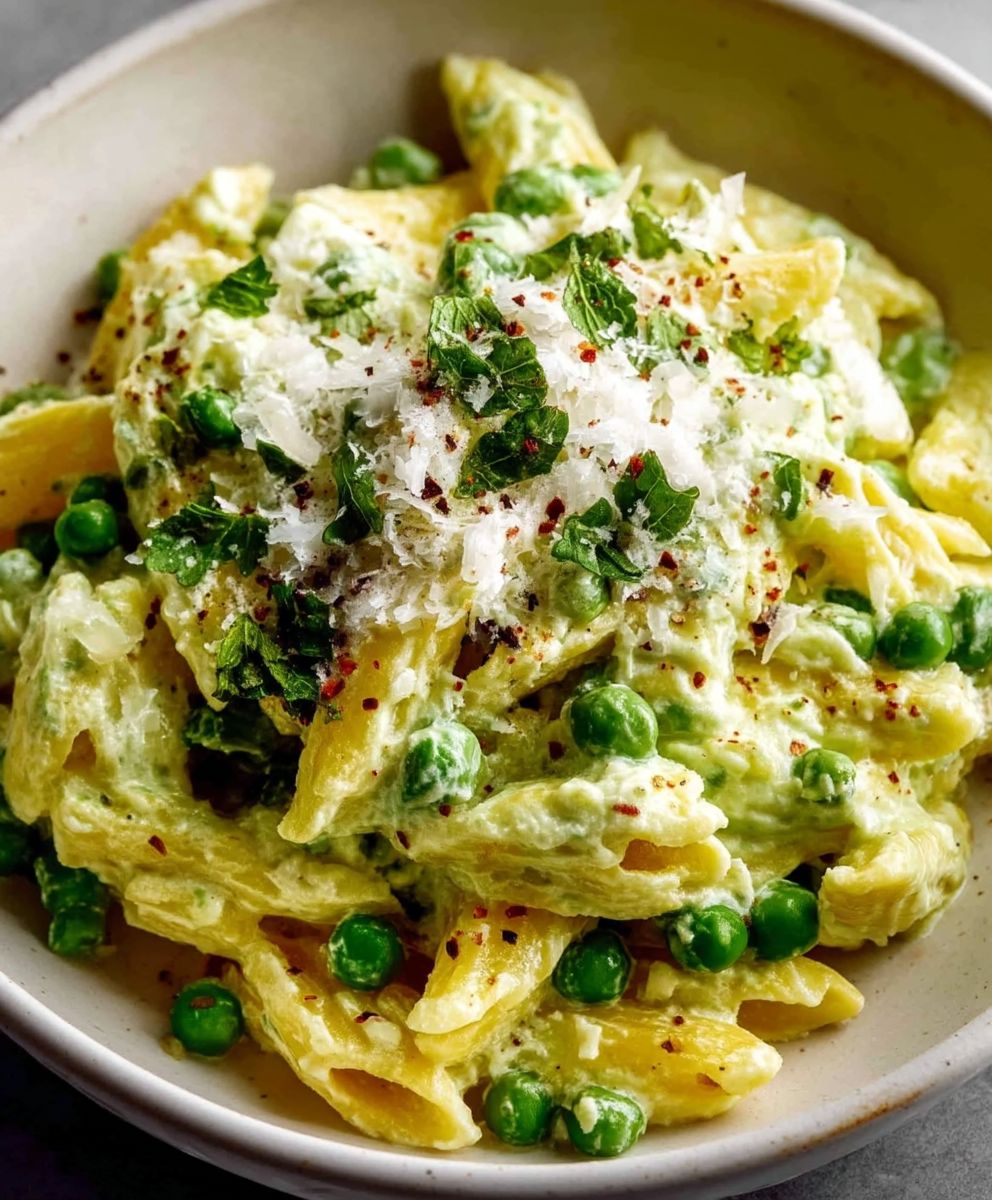
Conclusion:
This Ricotta Pea Pasta isn’t just another weeknight meal; it’s a vibrant celebration of simple, fresh ingredients that come together in a symphony of flavor. The creamy ricotta, the sweet burst of peas, and the perfectly al dente pasta create a dish that’s both comforting and sophisticated. I truly believe this recipe is a must-try because it’s quick, easy, and incredibly satisfying a trifecta that’s hard to beat!
But beyond its simplicity, this pasta offers a delightful depth of flavor that will leave you wanting more. The lemon zest brightens everything up, while the Parmesan cheese adds a salty, savory note. It’s a dish that’s perfect for a busy weeknight, but elegant enough to serve to guests. Honestly, I’ve made this for everything from a quick lunch to a casual dinner party, and it’s always a hit.
Serving Suggestions and Variations:
The beauty of this Ricotta Pea Pasta lies in its versatility. Feel free to experiment and make it your own!
* Protein Power: Add grilled chicken, shrimp, or even some crispy pancetta for an extra protein boost.
* Veggie Variety: Toss in some asparagus tips, spinach, or sun-dried tomatoes for added nutrients and flavor.
* Spice It Up: A pinch of red pepper flakes will add a subtle kick.
* Herb Heaven: Fresh basil, mint, or parsley would all be delicious additions.
* Lemon Love: For an extra burst of citrus, add a squeeze of fresh lemon juice right before serving.
* Cheese Please: Pecorino Romano is a great alternative to Parmesan.
* Wine Pairing: A crisp Pinot Grigio or Sauvignon Blanc would complement this dish beautifully.
You can also serve this pasta hot, warm, or even cold as a pasta salad. It’s fantastic as a side dish or a light main course. I often pack it for lunch the next day it’s just as delicious cold!
I’ve tried countless variations myself, and each one has been a delightful adventure. Don’t be afraid to get creative and tailor the recipe to your own taste preferences. That’s the joy of cooking, isn’t it?
Your Turn to Create!
I’m so excited for you to try this Ricotta Pea Pasta. I truly believe it will become a staple in your kitchen, just as it has in mine. It’s a dish that’s both easy to make and incredibly rewarding to eat.
So, gather your ingredients, put on some music, and get ready to create a culinary masterpiece. And most importantly, have fun! Cooking should be an enjoyable experience, and this recipe is designed to be just that.
Once you’ve made it, I’d love to hear about your experience. Did you try any variations? What did you think of the flavors? Share your photos and comments with me I’m always eager to see what you create! Let’s spread the love for this amazing Ricotta Pea Pasta and inspire others to get cooking. Happy cooking!
Ricotta Pea Pasta: A Quick & Delicious Spring Recipe
Creamy and comforting Ricotta Pea Pasta with a simple, flavorful sauce of ricotta, peas, Parmesan, herbs, and lemon. A quick and easy weeknight meal!
Ingredients
- 1 pound pasta (penne, rigatoni, or your favorite shape)
- 1 tablespoon olive oil
- 1 small onion, finely chopped
- 2 cloves garlic, minced
- 1 cup frozen peas
- 1 cup whole milk ricotta cheese
- 1/4 cup grated Parmesan cheese, plus more for serving
- 1/4 cup chopped fresh mint
- 1/4 cup chopped fresh basil
- 1 lemon, zest and juice
- Salt and freshly ground black pepper to taste
- Pasta water, reserved
Instructions
- Heat the olive oil in a large skillet over medium heat. Add the finely chopped onion and cook until softened and translucent, about 5-7 minutes. Add the minced garlic and cook for another minute, until fragrant.
- Toss in the frozen peas. Cook for about 3-5 minutes, stirring occasionally, until they are bright green and tender-crisp.
- Reduce the heat to low. Add the ricotta cheese to the skillet. Stir gently to combine it with the onions, garlic, and peas.
- Stir in the grated Parmesan cheese, fresh mint, and fresh basil.
- Season the sauce with salt and freshly ground black pepper to taste. Add the lemon zest and lemon juice. Taste and adjust seasoning as needed.
- Add a ladleful (about 1/2 cup) of reserved pasta water to the sauce and stir until it’s smooth and creamy. Add more pasta water, one tablespoon at a time, until you reach your desired consistency.
- Bring a large pot of salted water to a rolling boil. Add the pasta and cook according to package directions, until al dente.
- Before draining the pasta, reserve about 1 cup of the pasta water.
- Drain the pasta in a colander. Do not rinse.
- Add the drained pasta to the skillet with the ricotta pea sauce. Toss gently to coat the pasta evenly with the sauce.
- If the sauce is too thick, add a little more pasta water, one tablespoon at a time, until you reach your desired consistency.
- Serve the pasta immediately, garnished with extra grated Parmesan cheese, fresh mint, and fresh basil. A drizzle of olive oil is also a nice touch.
Notes
- Don’t brown the onion: Cook until softened and translucent.
- Don’t burn the garlic: Cook until fragrant.
- Don’t overcook the peas: Cook until bright green and tender-crisp.
- Salt the pasta water generously: It should taste like the sea.
- Cook pasta al dente: Firm to the bite.
- Reserve pasta water: This is crucial for a creamy sauce.
- Adjust seasoning to taste: Don’t be afraid to add more salt, pepper, or lemon juice.
- Add protein for a heartier meal: Cooked chicken, shrimp, or sausage.
- Use different vegetables: Asparagus, broccoli, or spinach.
- Add some heat: A pinch of red pepper flakes.
- Make it vegan: Use vegan ricotta cheese and Parmesan cheese.
- Lemon Variations: Meyer lemons for a sweeter, less acidic flavor.
- Herb Variations: Parsley, chives, or oregano.
- Cheese Variations: Pecorino Romano cheese can be used instead of Parmesan for a sharper, saltier flavor.
- Make Ahead Instructions: The ricotta pea sauce can be made up to 2 days in advance and stored in the refrigerator. Reheat gently over low heat before adding the pasta. You may need to add a little extra pasta water to thin it out. Chop the onion, garlic, mint, and basil ahead of time and store them in separate containers in the refrigerator.
- Storage Instructions: Leftover Ricotta Pea Pasta can be stored in an airtight container in the refrigerator for up to 3 days. Reheat gently in a skillet over low heat, adding a little water or milk to prevent it from drying out. The pasta may become a bit softer upon reheating, but it will still be delicious.

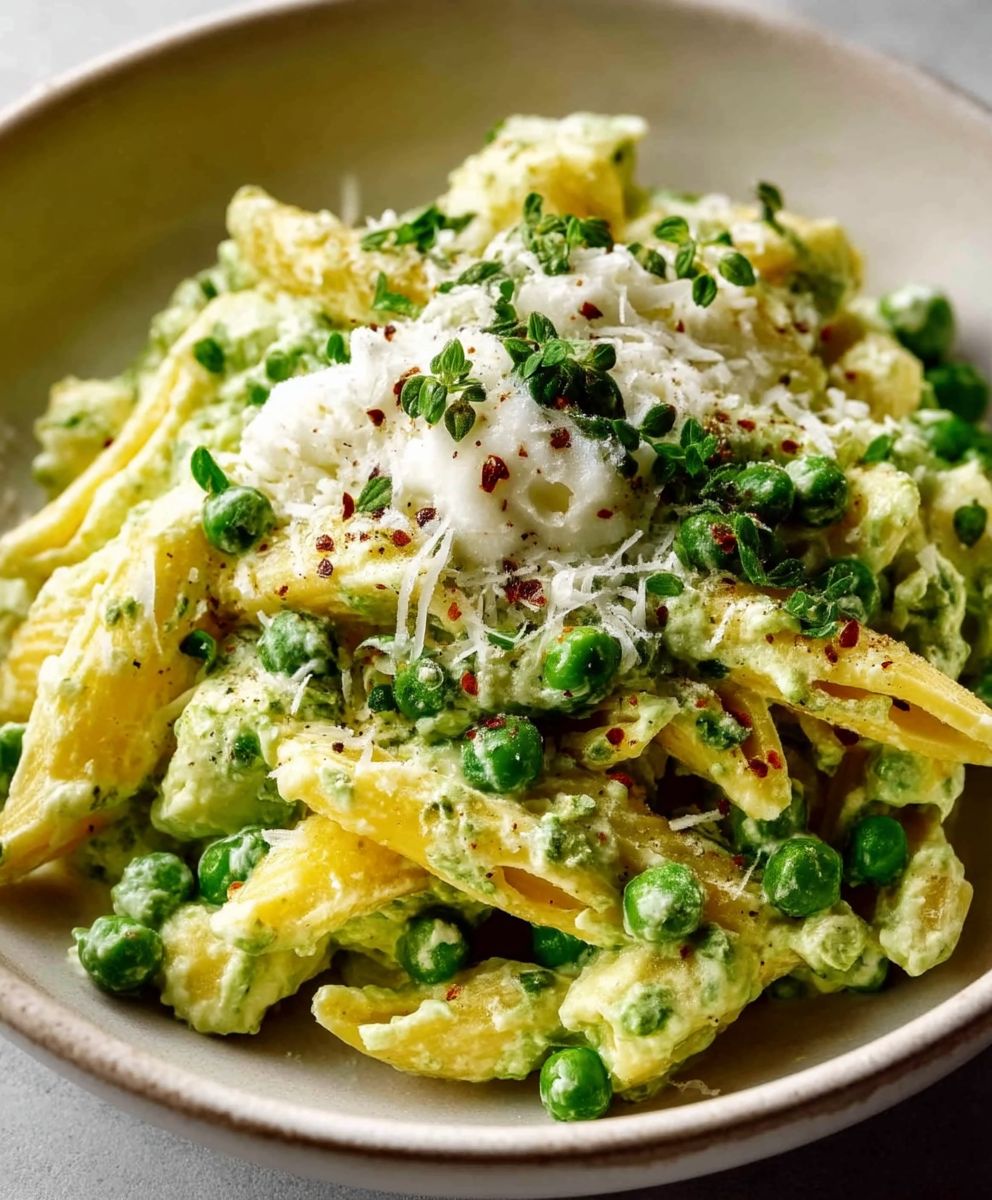
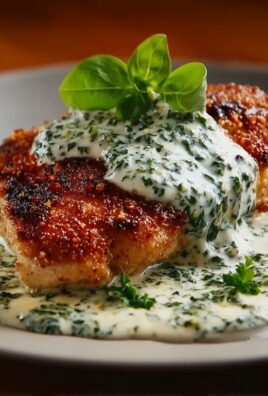
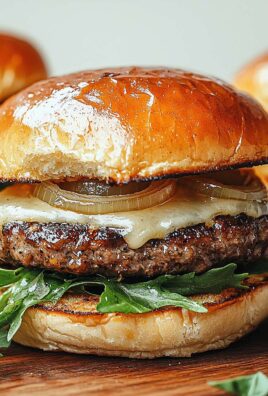
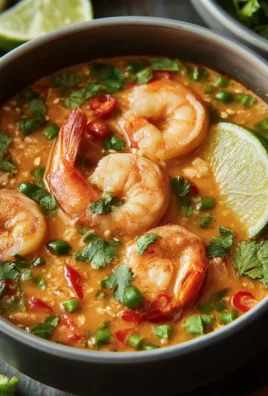
Leave a Comment